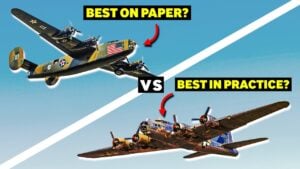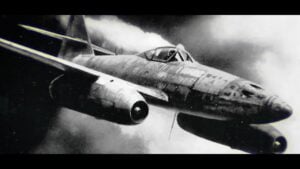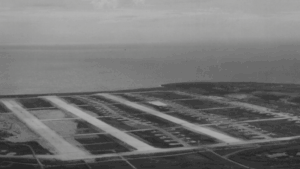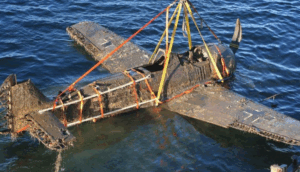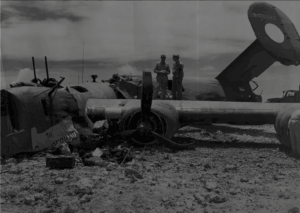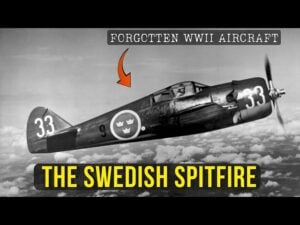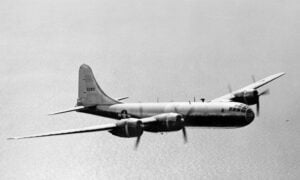The Best WW2 Fighter That Never Saw Combat
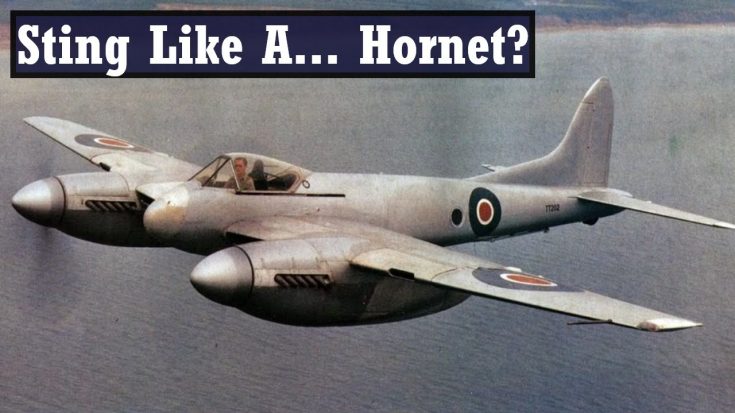
YouTube / IHYLS
The de Havilland Hornet is one of the fastest piston engine fighters constructed during WWII, but sadly, never really got the chance to prove itself.
Early Inspiration
Initially, de Havilland looked at the design of the Mosquito for inspiration. As a result, the Hornet had similar yet slightly smaller dimensions than the Mosquito.
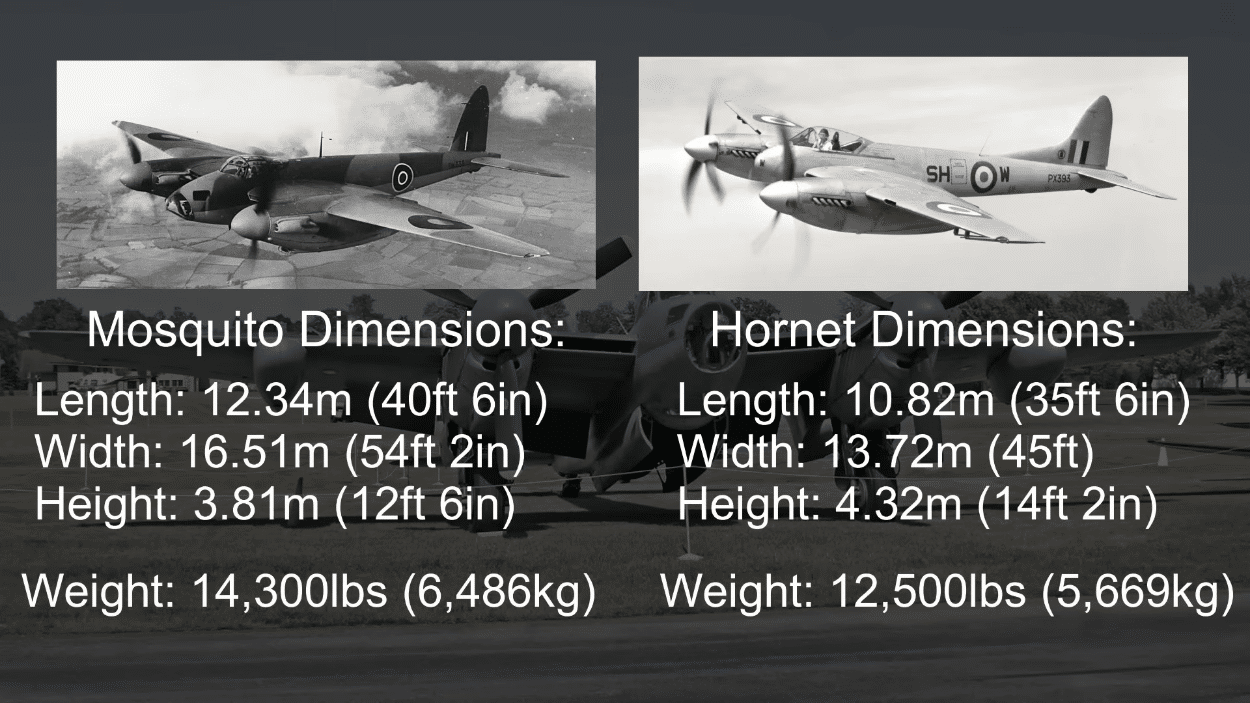
However, these two differed heavily in their armament. The Mosquito had eight guns composed of four 20mm cannons and four .303 machine guns, but the Hornet only had four 20mm cannons – which was thought to be enough for fighter and escort missions. The latter would also have a lighter projected bomb load at 2,000 lbs compared to the Mosquito’s huge 4,000-lb bomb load.
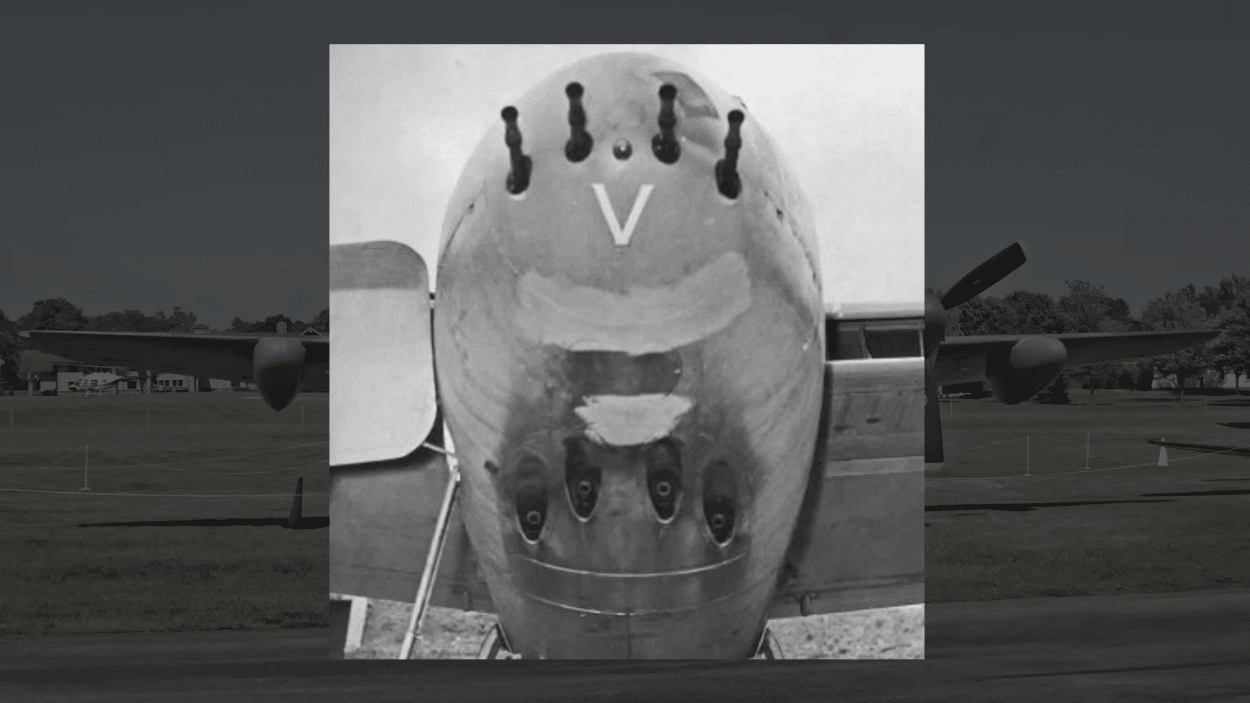
First Flight
The first Hornet prototype flew just 13 months after the green light was given for its construction. In a later test with two 200-gallon drop tanks, the Hornet reached a range of 2,500 miles at a speed of 340 mph. It also had a service ceiling upwards of 41,000 feet.
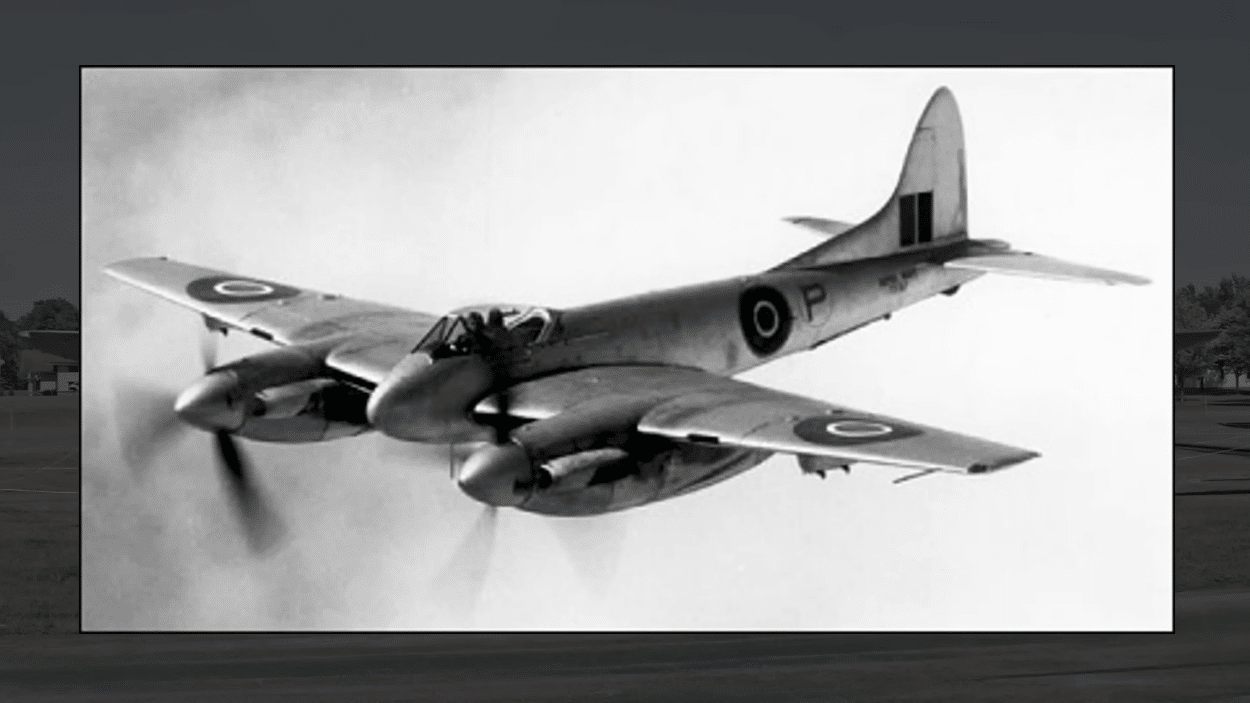
The Hornet would enter full production by the end of 1944, being ordered for service over the Pacific and Southeast Asia. However, it wasn’t until 1946 that the Hornets were first deployed to the 64th Squadron in Norfolk, England. Japan had already surrendered in August 1945, so the Hornet was benched once again.
A Rather Sad End
Should the war have continued, the Hornets that would have been deployed would have ended up as small but important escort fighters in Operation Cornet sometime in early 1946. However, the war came to an end because of nuclear weapons and the bombing of the Japanese cities of Hiroshima and Nagasaki.
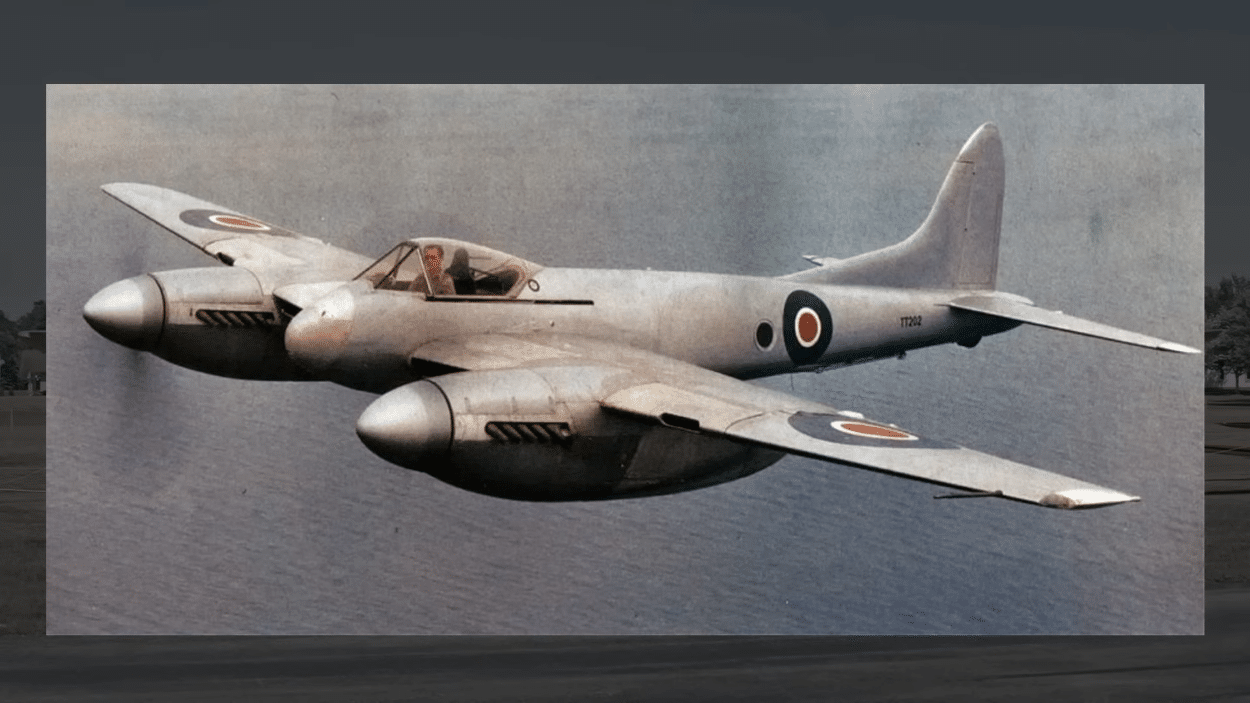
As of today, no Hornet exists and rather had a disappointing career with the potential it had as a fighter and escort fighter.














